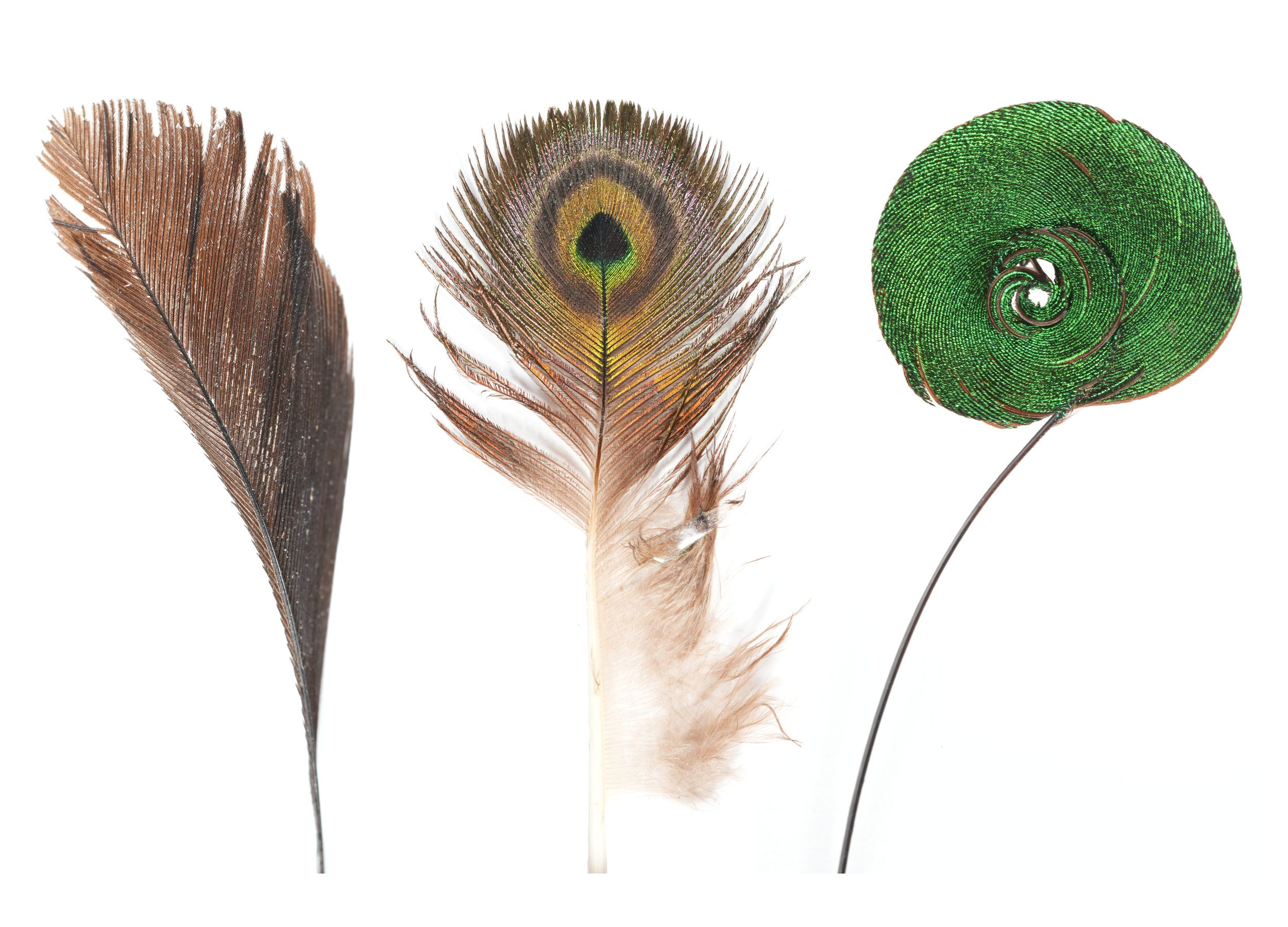Most are familiar with the biological fact of evolution by natural selection, but alongside this primary pressure of “survival of the fittest”, is socio-sexual selection. This type of pressure often emphasizes the development and morphology of physical attributes that an organism displays either to members of the same sex (generally referred to as social selection) or opposite sex (generally referred to as sexual selection). I greatly interested in assessing how environmental, interspecific, intraspecific, and dietary preferences influence the appearance of these features in extinct taxa, specifically in the plumages and crests of avian and non-avian dinosaurs. By using broad comparisons between extant organism life histories, myological structures, and ornament morphologies, we can better predict the pressures which caused analogous structures in the fossil record. Additionally, predicting behavioral use of these features is possible given what we know of extant ecological stable strategies, biological trade-offs, and particularly in birds, muscle morphologies associated with unqiue display structures. For example, some enantiornithines, the most diverse group of birds during the Mesozoic, emphasized elaborate plumages throughout their evolution, likely for socio-sexual purposes. Similarly, non-avian theropods likely evolved certain morphologies, not for functional use per-se, but for display. As in birds today, feathers which now primarily act as means of thermoregulation and production of lift, can be co-opted for conspecific communication (left: feathers of Racket-tailed Drongo, Indian Peafowl, King bird-of-paradise)
Throughout the history of life, all living things have faced evolutionary pressures. Overtime, genotypic responses (i.e., successful genes) reflect these pressures by producing subsequent phenotypic changes whether they be plumages, colors, shapes of appendages and even behavior. Using multiple lines of qualitative and quantitative reasoning, predictions of diet, behavior, and ecologies, are possible for organisms that went extinct millions of years ago. Regarding this vein of research, my interests are broad, with taxa including non-avian theropods, pterosaurs, Mesozoic birds, and Cenozoic birds. Arboreal, scansorial, cursorial, and other specific ecological behaviors typically yield similar structures in organisms due to similar evolutionary pressures. Think of it this way; the bones are the book that the paleoenvironment wrote and I’m trying to learn the language. However, morphology is limited by both the evolutionary history of the organism as well as the pressures put upon it, but the solutions that taxa have evolved in order to better succeed in their ecologies (technically, better success in creating progeny) is astounding, and typically remarkably similar. To accomplish these goals, I often utilize large museum collections for comparative anatomical purposes. Some museums that I’ve visited for recent projects include the Field Museum (Chicago, IL), Cincinnati Museum (Cincinnati, OH), Charleston Museum (Charleston, SC), Institute of vertebrate and invertebrate paleontology and paleoanthropology (Beijing, China), Shandong Tianyu Museum (Pinying, China), Carnegie Museum (Pittsburgh, PN), and the zoological collections at the University of Michigan (Ann Arbor, MI) (Photo from Clark and Hone, 2022).
Reconstructing dietary regimes of extinct taxa
Socio-sexual signaling in extant and extinct taxa
In evolutionary biology, we very often study the external, visible results of natural and sexual selection. Examples include metrics like bird bill morphologies, wing shapes, courtship displays, and ways in which specific groups acquire prey items. While many of these systems are well understood, what is consistently lacking is an understanding of how the underlying musculature systems facilitate these actions and elaborate displays. When we examine the deeper structures, and even occasionally even mechanically test them, we start to see how the internal structures like bones and muscles differ between species, even when closely related. These differences signal important life history and evolutionary differences. Imporatntly, when we understand how these systems work in living species, it then allows for stronger predictions of how extinct forms of life moved and perhaps foraged, even when all we have are the bones. The specific environmentally-caused pressures that organisms have faced through time result in often similar structures even in distantly related. I am particularly interested in the studies of myology and biomechanics as it concerning courtship displays, prey acquisition, and feeding mechanics. Illustration by Samantha Clark (Illustration from Clark et al., 2025).
Anatomy and Biomechanics
I am deeply interested in field methods that allow for the testing of what landscape or prey availability cues birds use when deciding to occupy either breeding or foraging habitats. These questions not only address broad-scale ecological interactions between various communities, but they have direct impacts on the conservation of the species being studied. I have conduced field work in the central Appalachian mountains trying to answer these questions for a particular threatened species of caprimulgid - the Eastern whip-poor-will (Antrostomus vociferus). By assessing the variation in detections of this species across a given landscape within their breeding range against forest structure, vegetation, and prey availability metrics (e.g., species richness, evenness, abundance), we can begin to understand what these birds use to decide what makes a good territory. In turn we can then inform better managed forest strategies for both an increase in bird populations and a more diverse insect community, on which these prey primarily prey upon. Occupancy probability models support the idea that the foraging and breeding habitat of this species are vastly different in terms of forest structure (e.g., basal area, stand age), and that landscape structures such as vegetation cover, appear to be more crucial for determining habitat suitability rather than direct assessment of prey availability. In the future, I’d like to apply similar strategies with other bird species to assess what signals they use when determining areas to rear young. The image is of a recently hatched Eastern whip-poor-will chick. (e.g., Clark et al., 2025)
How birds assess habitat suitability



